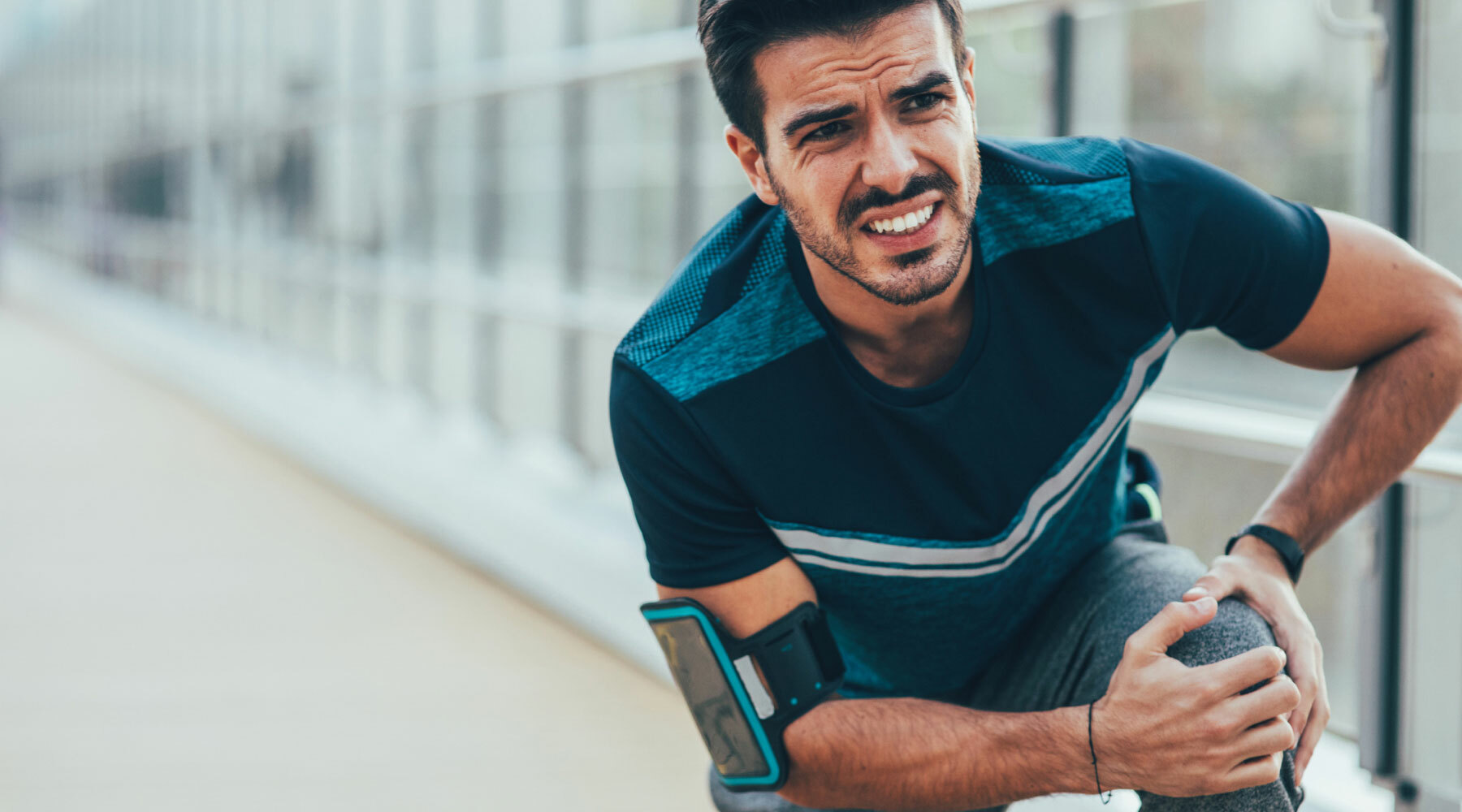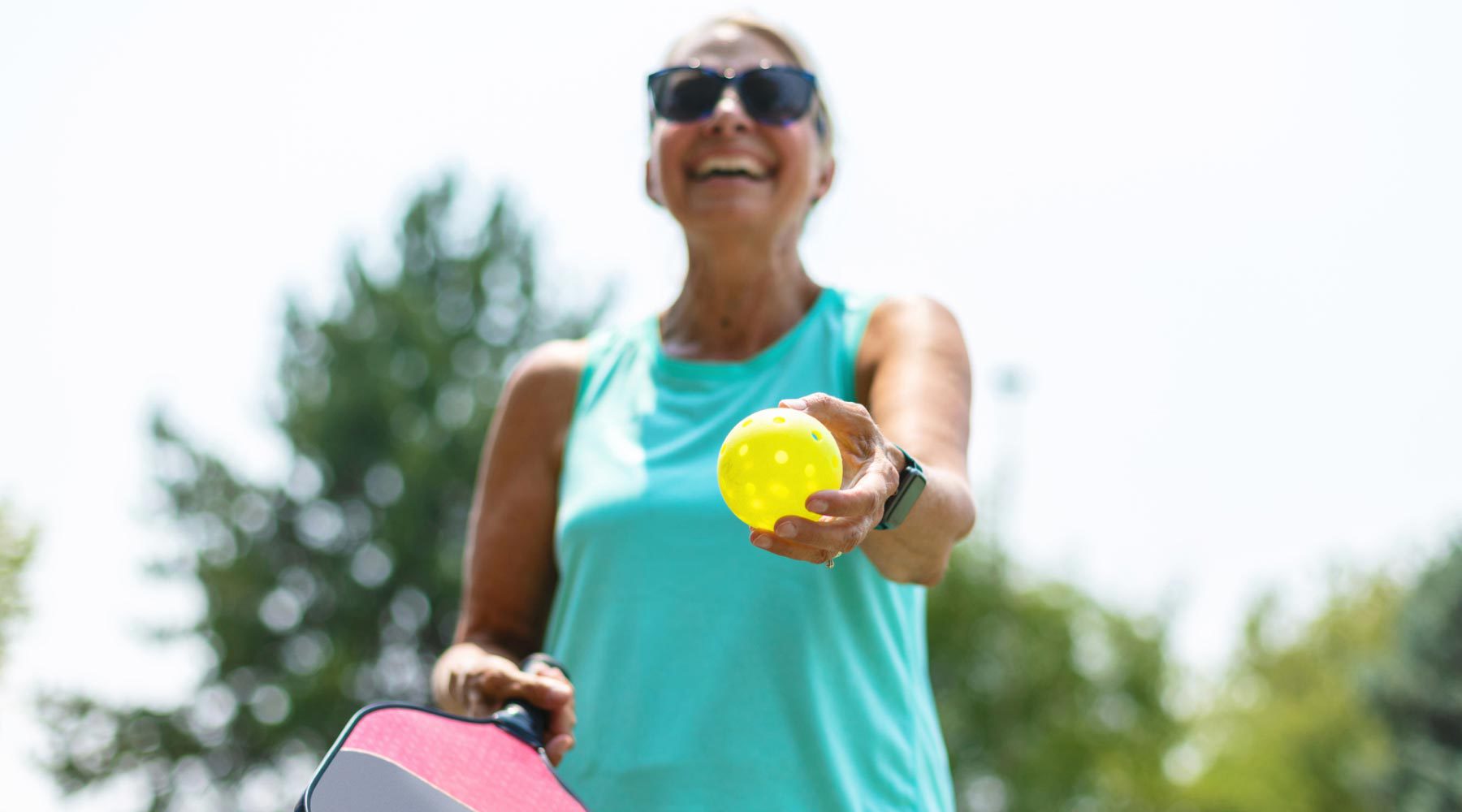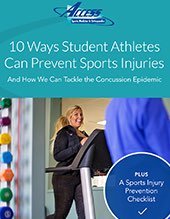A few years ago, Brittany Mosier was a star soccer player in her sophomore year of high school. But after an ACL injury, she thought her hopes of becoming a college athlete were over. Here’s the story of her journey from ACL injury to a full ACL recovery.
—-
As athletes, we always feel invincible. No matter what I had been told, I was convinced that a serious injury would never happen to me. The athletic trainers, coaches and doctors had described the “popping” sound that accompanies an ACL injury, but for years I ignored them. One day, when I least expected it, it happened to me. I tore my right ACL in May of 2009, near the end of my sophomore year of high school. For competitive athletes in high school, this is the most important time to start getting in touch with college coaches and for recruitment. For me, it could not have happened at a more inopportune time for my future soccer career and at the time, I thought my dreams were over. I was convinced I would never play soccer in college, let alone be able to finish playing for my varsity high school team. Although I did not realize it at the time, going through the injury and recovery process taught me many important lessons about perseverance and never giving up.
Here are 10 ways student athletes can prevent sports injuries.
Brittany’s ACL Injury
I remember the day like it was yesterday, even though it was roughly five years ago. I played for Seacoast United Soccer Club and we were at a soccer tournament in Connecticut for Memorial Day Weekend. That weekend I had been feeling very confident about my level of play and was so excited to start thinking about which college coaches and recruiters I would want to come watch my games.
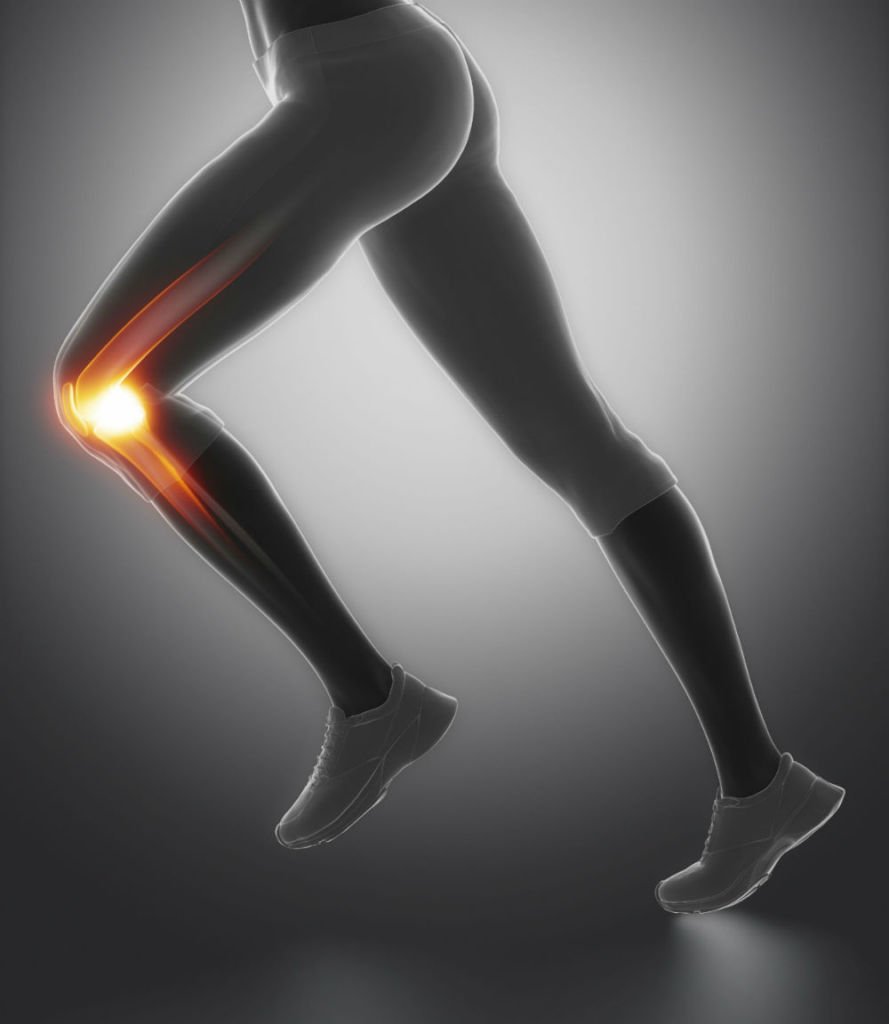
This particular game was intense and I will never forget the exact moment of my injury. There was this one player; she was quick on her feet and danced over the ball trying to trick her opponents. I was defending her and I can remember replaying the words in my head “don’t let her get around you” while she approached. I kept my eye on the ball and as I went to turn to my right and she tried to get past me I remember feeling the most excruciating pain shoot through my knee. My body went to turn and my foot stayed planted. I instantly fell to the ground and screamed. I remember laying there grabbing my knee thinking “oh no, what just happened?” Within seconds the athletic trainer arrived to evaluate and help carry me off the field. Just as quickly, my knee swelled up like a balloon. The athletic trainer assured me that I would be okay and back on the field before I knew it, but I didn’t believe him. I was in shock.
A day or two after my injury I came to Access Sports Medicine to get an MRI. As soon as the MRI technician came to get me she asked if I had heard a “pop.” I told her I wasn’t sure, but I didn’t think I had heard one. Even though, deep down, I remembered hearing something, I couldn’t bring myself to admit it. I was nervous about having the MRI because I had never had one before. I was also nervous about the potential results. Fortunately, the MRI was not bad and the tech at Access made me feel comfortable throughout the process.
For injuries that can’t wait, visit one of our urgent care orthopaedic clinics.
The Diagnosis
A couple days later, my mom and dad walked up to my room and told me that the doctor called and said that I had torn my ACL and had a slight tear in my meniscus. I instantly burst into tears thinking that there was no way this could actually be happening. It felt as though my whole world had come crashing down and left me there without the one thing that had always been in my life: soccer. At this difficult time, I had no choice but to face this unfortunate reality and start taking steps towards my recovery. Talking to Dr. Siegel and the staff at Access helped me stay positive and encouraged me to still be involved with my team.
After I was diagnosed with an ACL tear, I started physical therapy (even before surgery) to strengthen my leg muscles. The therapists told me that I would lose most of the muscle in my injured leg after surgery, so strengthening was important as soon as possible. After a few days of physical therapy the swelling was down and I was walking around fine with almost no pain. This was confusing to me because I felt as though I had not even torn my ACL at all. I kept thinking “ok this is crazy I don’t need surgery I am fine” and I later learned that this is quite common with ACL injuries. Unfortunately, if I wanted to be able to play soccer in the future, I had to have surgery. It was the only way that this was possible. 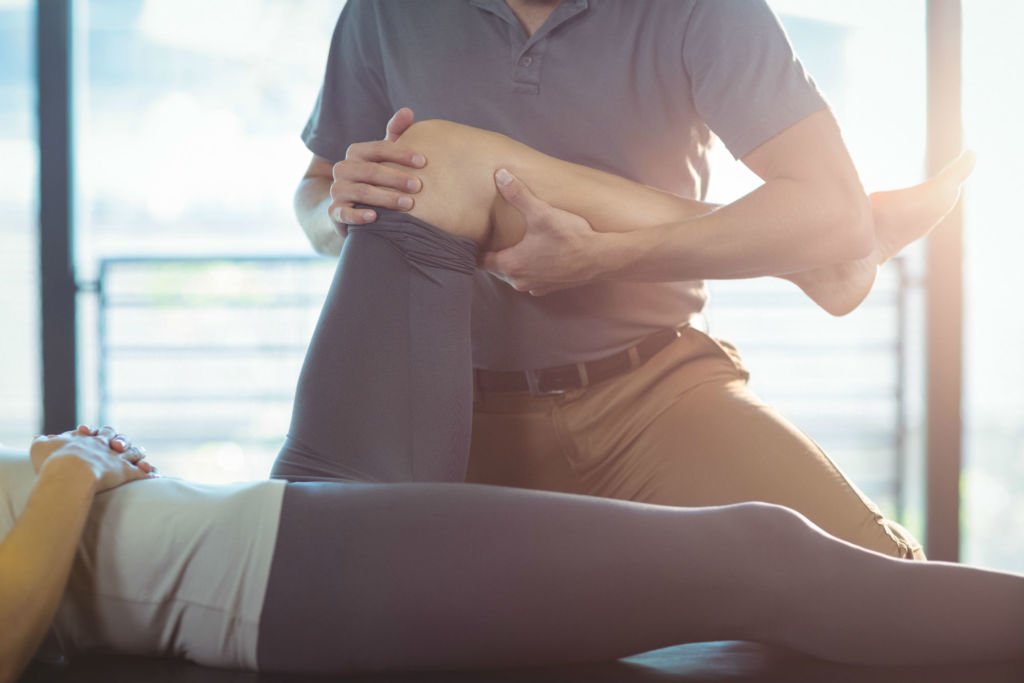
During my pre-surgery visit with Dr. Siegel, he explained the surgery and that he would use my patella tendon to replace my torn ACL. He told me that I had a long road ahead of me, but I would get through it and become an even better player. As scary as it was at the time, Dr. Siegel made me feel confident and I knew that I was in good hands. He told me I would have months of rehab and small gains and setbacks along the way and as challenging as that was, I never felt like I was alone. My recovery was a team effort all along the way and I knew that Dr. Siegel and the staff at Access wanted me back on the field as much as I wanted to be there. One thing that I vividly remember was when my physical therapist told me that patients with ACL injuries are his favorite to work with because it is such a rewarding recovery process. This really helped me realize that this process was about focusing on all the little steps forward even if I took a few steps backwards along the way. It was both a physical and emotional rollercoaster, but I was determined to be back on the field sooner than anyone had expected.
“Dr. Siegel made me feel confident, and I knew that I was in good hands. He told me I would have months of rehab and small gains and setbacks along the way and as challenging as that was, I never felt like I was alone.”
The Road to Recovery
I used crutches for a few weeks after surgery before I was able to hobble around on my own. In the beginning I kept my knee brace on all the time, but as I progressed I wore it less and less until I was finally able to be brace-free! It was crazy to see how fast I lost all of the muscles in my right leg after surgery and after just a few weeks of not bearing weight on my leg, the muscles started to disappear. I remember being able to sit in a chair and look down at both of my thighs and my right thigh was literally half the size of my left.
As soon as I could walk around confidently on my own, I wanted to back out to the soccer field. Although I couldn’t play, I made it clear to my high school coach that I wanted to be as much a part of the team as I could be. I went to every single practice, game, conditioning session and pasta dinner. I was determined not to lose my connection with my team and with the sport that I love. It was tough sitting there, practice after practice watching all your friends play and complain about having to play in the rain. As annoyed as I would get hearing them complain about the weather, I was just envious and jealous, because I wanted to be out there. But I used it as motivation. I knew that I couldn’t feel sorry for myself and the only way that my situation would change was if I worked even harder to get healthy sooner. I made it my goal to be the best teammate and helped the coach as much as possible. If I couldn’t be on the field, I wanted my teammates to know that they had my support and they could count on me from the sidelines.
Dr. Siegel checked on my progress every few weeks to make sure I was healing correctly. I’ll never forget when he cleared me to start jogging. This visit was about four months post-surgery and I almost couldn’t believe the day had finally come. The next day I went to my high school soccer practice and went for my first jog in months. Running for the first time was the most liberating, exciting thing in the world but it was not easy. It felt awkward, uncomfortable, and almost like my body had forgotten how to run! Even though Dr. Siegel had assured me that my knee was ready for running, I was afraid to put too much weight on my newly repaired ACL. I was out of shape and exhausted after one lap around the track but I was so proud that I was able to start slowly joining my team on the field for conditioning again.
Overuse injuries account for 50% of sports injuries. Here’s how to prevent them!
As the weeks passed, every step of progress seemed more exciting than the last. Although I couldn’t play, I was trying in every way not to lose my skills. Sometimes after practice my mom would find me sitting in a chair with cleats on trying to juggle the ball with my good leg while my right one still healed. I did everything I could to stay in the game and be positive about my recovery. About four months after surgery, I started working out with Karen Kay, Craig Favara and the staff at Access Acceleration. Three times a week after school I would work out doing ACL injury prevention exercises and work to strengthen my leg muscles. Before my injury, I had no idea how important it was to strengthen the muscles around the knee in order to prevent ACL injuries, especially for female athletes. Karen taught me the correct way to jump and land in order to prevent any future problems. I began to realize that I had an opportunity to come back to the game better than I had ever been before.
In total, it took me about seven months to get back on the field practicing with no contact and about nine months get into game shape. Once I got back on the field with my team, I learned to never take a single practice or game for granted. At times following my injury, I felt hopeless. But having great doctors, physical therapists and personal trainers encouraging me all along the way helped me get through it. Recovery from an ACL reconstruction surgery is a long and challenging process, but it is something that any competitive athlete can overcome. For me it was hard at times, but looking back it could not have been a more rewarding experience. Every time I bent my knee a little more, increased the weight I was able to lift or jogged a little further, it offered me a glimpse of hope that I would get through it.
Brittany’s Advice
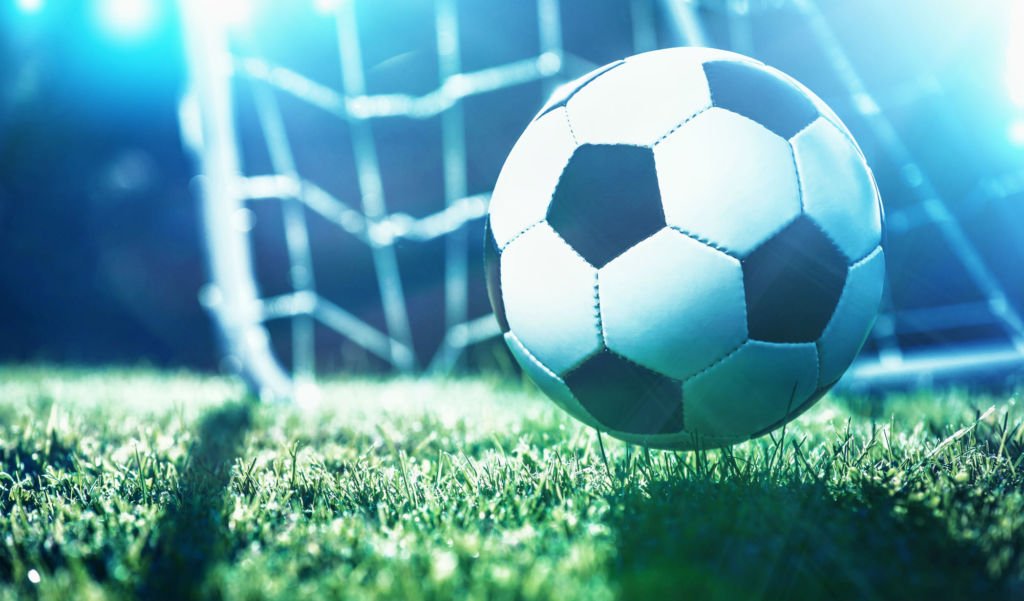
My advice for anyone going through this recovery process is to never give up! All of your dreams for the future can still be there and you can still achieve them. I had always wanted to play Division I soccer, but I was injured at the most crucial time for recruiting. Yet, the summer before my senior year of high school I committed to play at Sacred Heart University. Everyone will have a different way of coping with this process and that is okay. My best advice is to stay as involved with your team and sport as possible! Make the effort to go to every practice and game even though you cannot play; it will help you keep your mind set on the goal of recovering to your full potential. The biggest challenges that we face can be the most rewarding to overcome and today I am stronger both mentally and physically than I ever thought possible.
We want to hear your stories! If you would like to share your story of injury and recovery, please contact us and we may feature you on our website.


